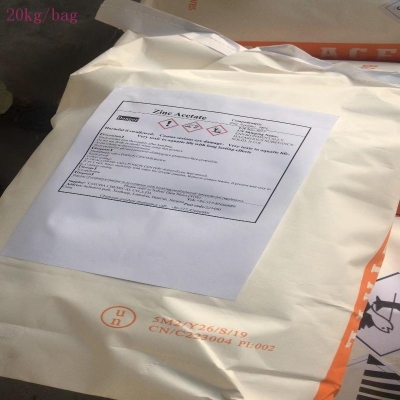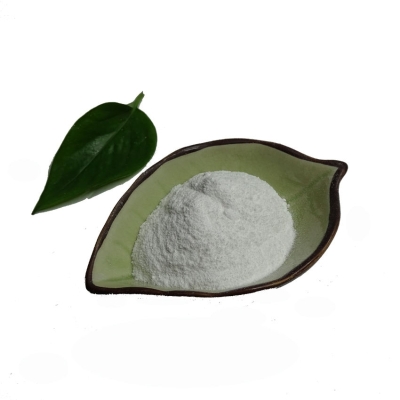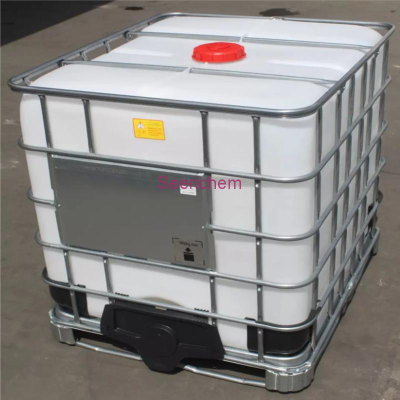-
Categories
-
Pharmaceutical Intermediates
-
Active Pharmaceutical Ingredients
-
Food Additives
- Industrial Coatings
- Agrochemicals
- Dyes and Pigments
- Surfactant
- Flavors and Fragrances
- Chemical Reagents
- Catalyst and Auxiliary
- Natural Products
- Inorganic Chemistry
-
Organic Chemistry
-
Biochemical Engineering
- Analytical Chemistry
-
Cosmetic Ingredient
- Water Treatment Chemical
-
Pharmaceutical Intermediates
Promotion
ECHEMI Mall
Wholesale
Weekly Price
Exhibition
News
-
Trade Service
Last week, urea prices continued to strengthen.
Before November, the overall market price is expected to rise steadily.
The reasons include the decrease in imports in the U.
S.
market for several consecutive months, and the FOB price for December shipments has risen to US$213 per short ton (in tons, the same below).
Equivalent to a CIF price of US$230.
Due to the bullish US market, Arabian Gulf producers are selling large urea pellets at an FOB price of US$210 or higher, with a shipping schedule of November.
Last week, Egyptian producers have sold about 150,000 tons of urea.
The FOB price is US$205-215 in November.
Now the offshore price has risen to US$218-220.
In China, the offshore quotations of small granular urea suppliers have reached US$204-205, and the offshore prices of large granular urea have reached US$212.
Manufacturers are making every effort to maintain this price.
The FOB price of small granular urea in the Black Sea and Baltic Sea is around US$190.
Due to the lower price, it has attracted the attention of more traders.
In Yuzhnyi, there is an order of 30,000 tons of urea sold for US$192, and the shipment is scheduled for November.
In general, the reason for the aggravated price increase is the increase in demand in several major markets.
Buyers from Brazil, the United States, Europe, Turkey and India have been active in the past week and are expected to boost the market in November.
The two most unpredictable points are the timing of the next purchase in India and the rate of increase in the US market.
India is expected to bid again and needs to purchase 1.
5 million tons to balance supply and demand.
However, due to India's current high inventory, the purchase time has not yet been determined.
The US market is different from previous years.
Buyers purchase more from local US factories, while imports from overseas have fallen sharply.
Before November, the overall market price is expected to rise steadily.
The reasons include the decrease in imports in the U.
S.
market for several consecutive months, and the FOB price for December shipments has risen to US$213 per short ton (in tons, the same below).
Equivalent to a CIF price of US$230.
Due to the bullish US market, Arabian Gulf producers are selling large urea pellets at an FOB price of US$210 or higher, with a shipping schedule of November.
Last week, Egyptian producers have sold about 150,000 tons of urea.
The FOB price is US$205-215 in November.
Now the offshore price has risen to US$218-220.
In China, the offshore quotations of small granular urea suppliers have reached US$204-205, and the offshore prices of large granular urea have reached US$212.
Manufacturers are making every effort to maintain this price.
The FOB price of small granular urea in the Black Sea and Baltic Sea is around US$190.
Due to the lower price, it has attracted the attention of more traders.
In Yuzhnyi, there is an order of 30,000 tons of urea sold for US$192, and the shipment is scheduled for November.
In general, the reason for the aggravated price increase is the increase in demand in several major markets.
Buyers from Brazil, the United States, Europe, Turkey and India have been active in the past week and are expected to boost the market in November.
The two most unpredictable points are the timing of the next purchase in India and the rate of increase in the US market.
India is expected to bid again and needs to purchase 1.
5 million tons to balance supply and demand.
However, due to India's current high inventory, the purchase time has not yet been determined.
The US market is different from previous years.
Buyers purchase more from local US factories, while imports from overseas have fallen sharply.







